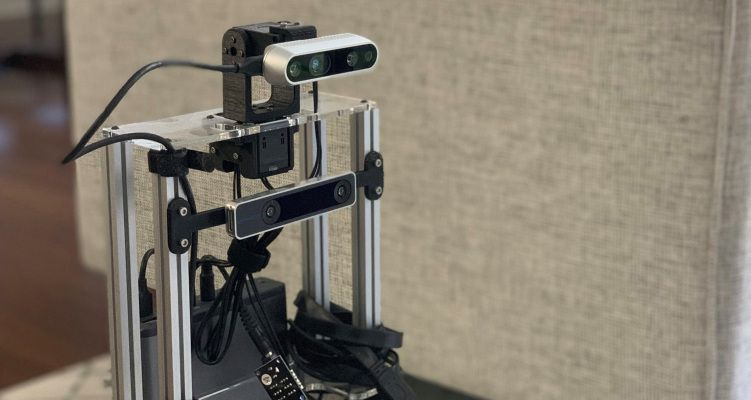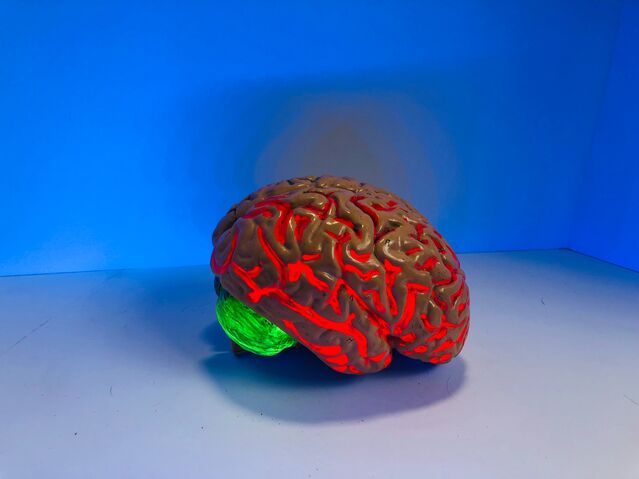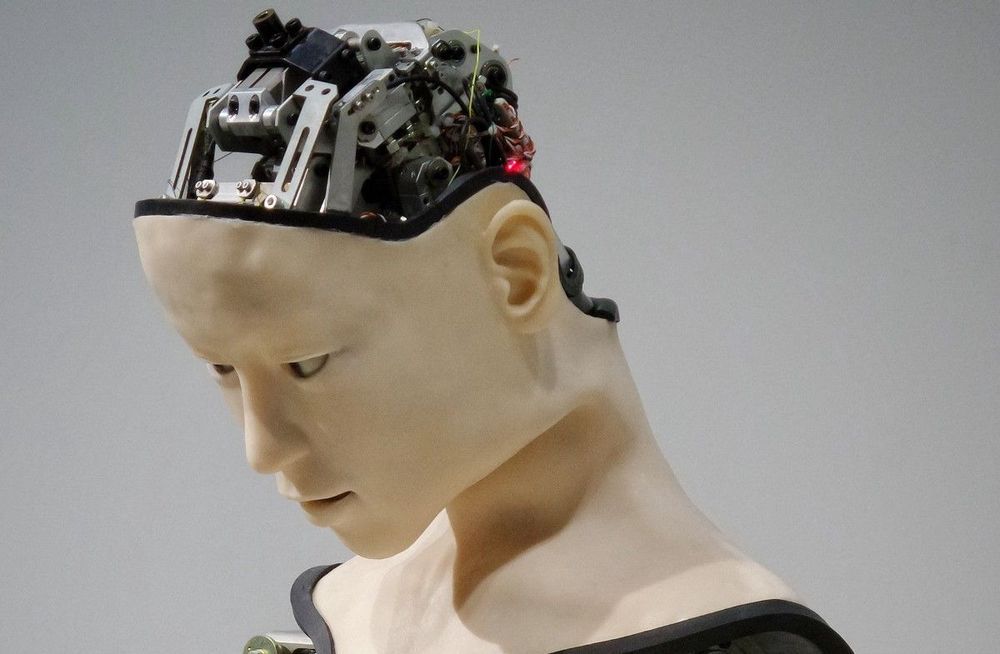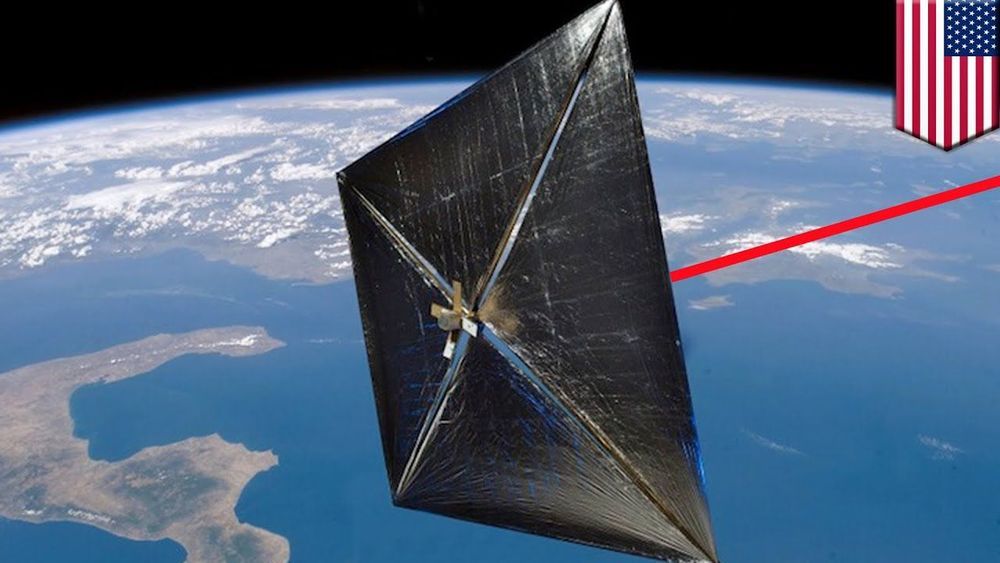Carnegie Mellon today showed off new research into the world of robotic navigation. With help from the team at Facebook AI Research (FAIR), the university has designed a semantic navigation that helps robots navigate around by recognizing familiar objects.
The SemExp system, which beat out Samsung to take first place in a recent Habitat ObjectNav Challenge, utilizes machine learning to train the system to recognize objects. That goes beyond simple superficial traits, however. In the example given by CMU, the robot is able to distinguish an end table from a kitchen table, and thus extrapolate in which room it’s located. That should be more straightforward, however, with a fridge, which is both pretty distinct and is largely restricted to a singe room.









